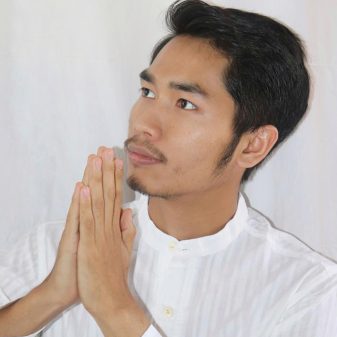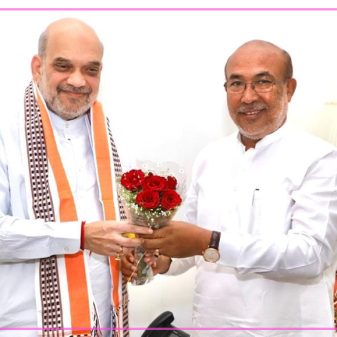
Rebika Takhellambam
Shillong, the capital of Meghalaya, is also known as the fashion capital of India. The very name “Shillong” derives from Lei Shyllong, an idol worshipped at the Shillong Peak. It is the hill station in the Northeastern part of India. This hill station is also known for its soothing climate. So, it’s very favourable to people from all parts of the world. The intriguing beauty of the place is something what people are attracted to. The beautiful hills and mountains can be seen from any part of the city. Shillong in particular has been in limelight for its amiable people and their unique culture.
Many of the tribes in Meghalaya has an old age culture where people practice matrilineal descent. The Khasi, Garo and some other subgroups followed matrilineal system. It is one of the unique cultures across the country. Khasi are said to be the largest surviving matrilineal cultures in the world. Unlike most of India, where a bride weeps and moves to her husband’s house, a man in Meghalaya moves to his bride’s house and adjusts there. In the society of Meghalaya, people favour girl child more than boys. Women take the main role in the family where she takes important decisions for the family. The child’s last name takes from his/her mother’s last name. Even the inheritance of property, the youngest daughter inherits all the family property and the responsibility of looking after the parents. But as time changes, many men feel insecure of their status in the family and many of them married with people outside their tribe.
Shillong is also very famous for the music. It is called “India’s rock capital”. The very title is not something trivial but very significant. As some of India’s best rock talent originated from the sun paralleled quaintly beautiful city of Northeast and the great passion for music that the inhabitant shave. Apart from the locally played music that happens regularly, Shillong is famous for hosting a number of music festivals. Shillong Autumn Festival that happens in the month of October, is aboisterous three-day festival that hosts various other activities. It was started in 2005 to mainly promote tourism of Shillong and continues to hold the music festival every year.
In Shillong, growing up in the nineties was all about rock and fun. Anyone would pick up a musical instrument and passionately learn the art of rock music and eventually they would give it a shot to start a rock band in a garage or any space permitted by their parents. One of the most renowned artists, Lou Majaw has been a living legend representing the rock scene of Meghalaya. Born to a poor family, the Majaws could not afford a guitar or a radio. In a friend’s house he was introduced to the music of Bill Haley and Elvis Presley, and taught himself the guitar as most boys and girls did in those days. This was also a time when so much was happening in the world of Rock and Roll and Rock was born,the singer,songwriter became the norm ,new sounds were being created and the electric guitar was going places beyond the imagination of most people. All these sounds were an inspiration to anyone in the music business at the time and soon Majaw was beginning to write songs. Shillong does have a storied past where waltz, foxtrot, bop and other song and dance forms livened up the town’s jam sessions and dance halls. There was the Fentones that won the Simla Beat Contest in the 1970s, The Great Society electrifying both local and national audiences in the 1980s,and many others like The Vanguards, The Vaudevilles, Blood and Thunder and Eddie Rynjah, to name a few. But like every other field or genre of life, it had some setbacks as well in times to come. K Nongrum, head of the Department of Geography at Synod College and former guitarist of The Unknown Band (1980-95), says the music scene in Shillong City is rather dull. “There were musical events, especially fetes, organised by many sports and socio-cultural clubs for fund raising. These kept us musicians busy. Also, with many musical events taking place regularly, Shillong city then could be called a rock capital. But in the past 25-30 years, political insurgency and ethnic uncertainty have dampened the spirit of music in the region. Except for some instances, my musician friends have not done well in their musical endeavours. The insurgency problem too has decimated the musical tie. It is sad for a generation from 1985 when live bands would perform almost every weekend,” observes Nongrum.
Despite the popular view that the rock genre is suffering a setback, some musicians are still holding on to the hope that someday it will regain its past glory. Members of the metal band Dymbur believe the number of metal and rock fans is increasing in the city with several national and international acts being organised here. Hope is still alive.
(The writer can be contacted at rebikatakhellambam811@gmail.com)





